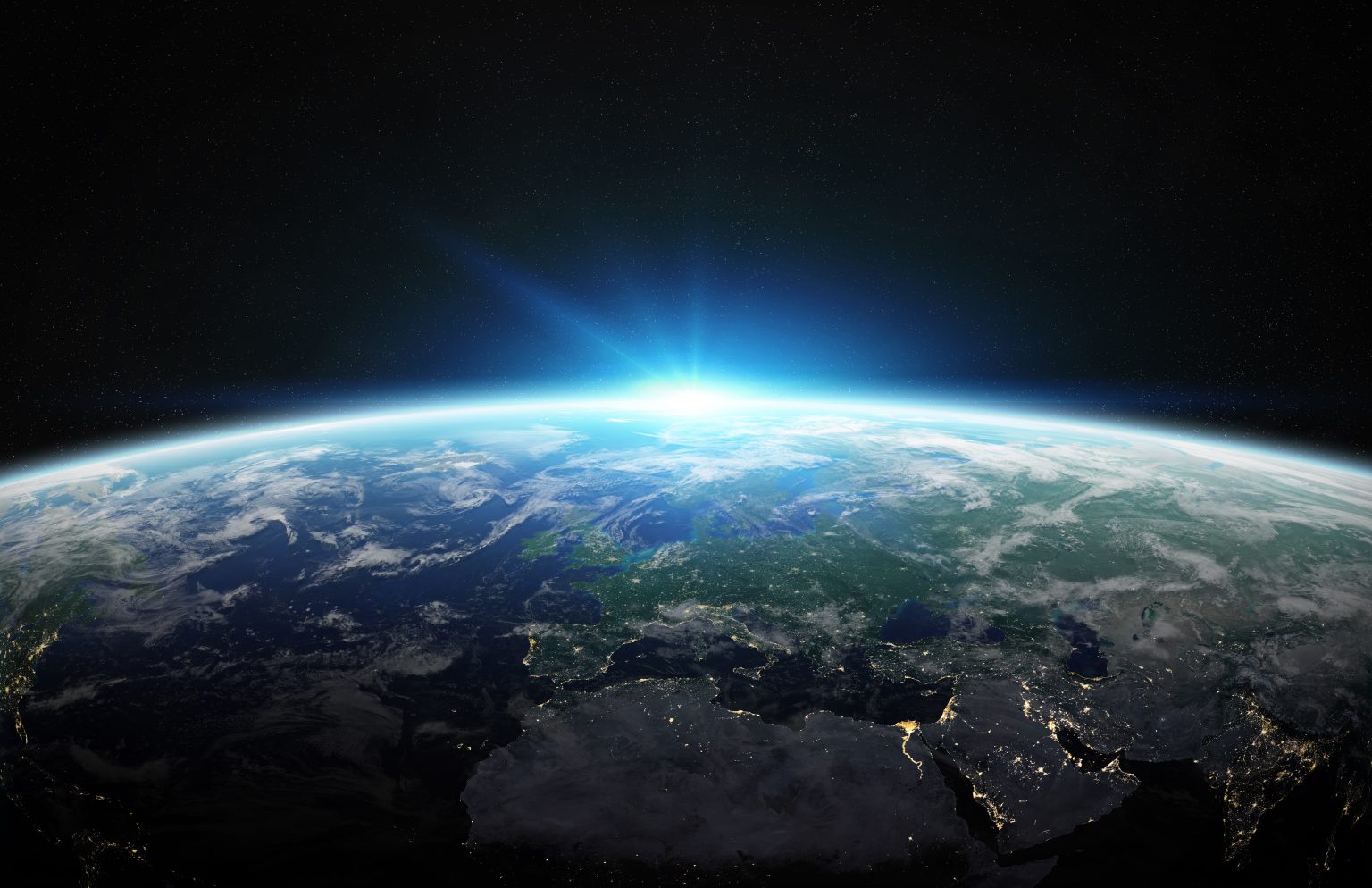Have you ever stopped to think about the very foundation of our planet, the very rocks and soil beneath our feet? It’s not just inert matter, but a complex system teeming with life and crucial to our survival. One key component of this system, often overlooked, is carbon. The term “Carbon Earth” encapsulates the incredible role carbon plays in shaping our planet, from the intricate workings of life itself to the vast carbon reservoirs that influence our climate. It’s a fascinating story of interconnectedness, both beautiful and urgent, that stretches back to the dawn of time.

Image: astrobiology.com
This article delves into the world of carbon, exploring how it binds together the Earth’s diverse systems. We’ll examine how this element shapes our landscapes, fuels our ecosystems, and drives the very climate that sustains us. Understanding the intricate relationship between Earth and carbon is becoming increasingly crucial as we grapple with the challenges of climate change, and it reveals profound connections not just to our present, but to our future as well.
The Carbon Cycle: A Symphony of Exchange
The concept of Earth as a carbon-based world is best understood through the carbon cycle. This dynamic process orchestrates the constant flow of carbon throughout our planet, connecting everything from the air we breathe to the rocks beneath our feet.
The Main Players:
- The Atmosphere: The layer of gases surrounding Earth contains carbon dioxide (CO2), a critical component of the greenhouse effect and a key player in regulating the planet’s temperature.
- The Biosphere: This encompasses all living things, from microscopic plankton to towering trees. These organisms take in carbon for growth and release it back into the atmosphere through respiration.
- The Geosphere: Here, carbon is stored in rocks, soils, and fossil fuels. Geological processes, like volcanic eruptions, can release carbon back into the atmosphere.
- The Hydrosphere: The ocean acts like a massive carbon sink, absorbing CO2 from the atmosphere and storing it in its depths.
The Cycle in Motion:
- Photosynthesis: Plants use sunlight to convert carbon dioxide and water into sugars, storing carbon within their tissues.
- Respiration: Both plants and animals release carbon dioxide back into the atmosphere as they breathe.
- Decomposition: When organisms die, decomposers break them down, releasing carbon into the soil or the atmosphere.
- Geological Processes: Over eons, some carbon gets trapped in rocks and fossil fuels. These are released back into the atmosphere through volcanic activities and the burning of fossil fuels.
- Ocean Exchange: The ocean absorbs significant amounts of CO2 from the atmosphere, storing it in its depths.

Image: sparkoncept.com
Carbon: The Architect of Life
Carbon’s ability to form four bonds with other atoms makes it uniquely suited to build the complex molecules that underpin life. From the proteins that build our bodies to the DNA that carries our genetic code, carbon is the backbone of all living things. This incredible versatility allows it to create an astonishing diversity of organic molecules.
- Carbohydrates: These provide energy for living organisms and are essential for building structural components like cellulose in plants.
- Proteins: These complex molecules perform countless functions in the body, from transporting oxygen to catalyzing biochemical reactions.
- Lipids (Fats and Oils): Essential for energy storage, insulation, and forming cell membranes.
- Nucleic Acids (DNA and RNA): These molecules carry the genetic information that directs all cellular activity.
The Carbon Earth: A World in Flux
Our planet has experienced many periods of dramatic climate change throughout its history, with carbon playing a key role. The rise and fall of atmospheric CO2 levels have shaped the Earth’s climate, driving changes in ice ages, sea levels, and the distribution of plant and animal life.
The Anthropocene: A New Chapter
The current era, often referred to as the Anthropocene, marks a period of significant human impact on the carbon cycle. The burning of fossil fuels, deforestation, and industrial processes have dramatically increased the amount of carbon released into the atmosphere, leading to unprecedented levels of greenhouse gases. This surge in CO2 is driving rapid global warming, with consequences for climate, ecosystems, and human society.
Navigating the Challenges
Facing the consequences of disrupting the carbon cycle is one of the greatest challenges of our time. We need to transition to a low-carbon future, reducing emissions and fostering sustainable practices.
Key Strategies for a Sustainable Future:
- Renewable Energy Sources: Harnessing clean energy from wind, solar, and hydro power reduces our reliance on fossil fuels.
- Carbon Capture and Storage: Developing technologies to capture CO2 emissions and store them underground could mitigate climate change.
- Reforestation: Planting trees can help absorb CO2 from the atmosphere, offsetting emissions and restoring degraded ecosystems.
- Sustainable Agriculture: Practices like no-till farming and agroforestry can improve soil health and reduce carbon emissions associated with agriculture.
Going Beyond the Challenges: A World of Opportunity
While the challenges we face are significant, understanding Carbon Earth reminds us that innovation and transformation are within our grasp. The same carbon that drives climate change also holds the key to new technologies and sustainable solutions.
- Carbon Nanomaterials: These remarkable materials, with their exceptional strength and conductivity, are revolutionizing fields like electronics and engineering.
- Carbon Sequestration: Developing methods for capturing and storing carbon could not only mitigate climate change but create new industries and economic opportunities.
- Biofuels: Producing fuels from sustainable biomass sources can reduce reliance on fossil fuels and create a cleaner energy future.
Carbon Earth
Carbon Earth: A Call to Action
Carbon Earth is a vibrant and dynamic system. Understanding its complexities empowers us to make informed decisions about our future. By recognizing the challenges and opportunities presented by the carbon cycle, we can embrace our responsibility as stewards of this planet and create a more sustainable and resilient future for generations to come.
We encourage you to explore further, delve deeper into the fascinating world of carbon, and join the conversation on how we can shape a more sustainable future for Carbon Earth.






